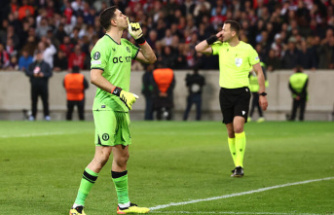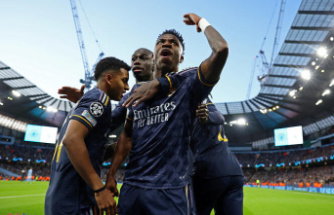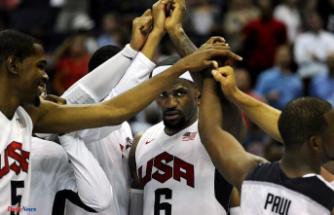Athletes have long used post-exercise cooling as a means of improving recovery and reducing the risk of injury.
But the sight of sports men and women using technology to cool down before their respective events is now also becoming increasingly common.
It has long been accepted that aerobic exercise in hot weather places extra strain on the human body, often leading to an adverse impact on performance.
Much of this comes down to higher temperatures coupled with athletic exertion resulting in an increase in the body’s core temperature.
One of the body’s automatic responses is to sweat. However, this means the athlete has to either stay hydrated – which can present challenges of its own – or run the risk of dehydration.
When becoming dehydrated, plasma volume can also be reduced while blood vessels expand, making it harder to maintain blood pressure and blood flow.
Once the cardiovascular system becomes compromised, oxygen delivery to the body’s muscles, as well as metabolite removal, can become impaired, which then affects performance.
Even the central nervous system is affected. An increase in core body temperature sees the brain heat up, which then has a detrimental effect on neurotransmitters and overall brain function.
That is linked with the overall psychological discomfort often associated with exercising in extreme heat which can affect mood, pain tolerance and motivation.
With that in mind, having a lower core temperature during exercise should, in theory, lead to enhanced performance as fewer of these adverse effects are likely to become factors.
The issue has particularly come to light given a spate of Olympic Games in cities with high average temperatures, including Rio de Janeiro (2016), Beijing (2008) and Athens (2004).
And with the 2020 Games occurring in the muggy heat of a Japanese summer in Tokyo, plus the 2022 football World Cup heading to Qatar, there has been increased scientific research into the topic.
A number of studies - including the 2012 paper Pre-Cooling and Sports Performance - suggest that pre-cooling can help athletes perform better over longer-distance events.
Interestingly, the impact is less for ‘short-term, high-intensity sprints’.
The same paper concludes that cold drinks and cooling packs were the two most effective pre-cooling methods.
Administering cold drinks for athletes has long been a requirement in many sporting arenas, but cooling packs represent their own challenges given that they need to be relatively portable and convenient, but also effective.
Cooling jackets or vests – with pockets which can be filled with ice – were first distributed by Nike to athletes prior to the 2004 Olympics, where temperatures frequently exceeded 95 degrees Fahrenheit.
Reducing the body’s core temperature while sleeping after intense exercise is also becoming an important part of athletes’ recovery programs.
More modern devices like Moona - an advanced cooling pillow pad which sees temperature-controlled water circulated through tiny tubes - can also be effective in such situations.
Moona also employs cutting-edge smart technology to adapt to each individual's sleep profile if they wish to use the same device for improving their sleep.
A motion sensor helps the device 'learn' when and at what temperature the user enjoys their best sleep.
This is then 'remembered' by Moona, which can make sure it is at just the right temperature at exactly the right time.
Lowering the body's core temperature can not only help someone fall asleep more quickly, but also improve the quality and duration of their rest - a crucial part of an athlete's recovery program.
The use of cold water can be a valuable tool to aid recovery.
The 2016 study Can Water Temperature and Immersion Time Influence the Effect of Cold Water Immersion on Muscle Soreness? A Systematic Review and Meta-Analysis concluded that cold-water immersion had ‘a more positive effect than passive recovery’ for athletes in post-exercise recovery.
This helps explain why ice baths have become a common sight as sports men and women try to speed up their recovery by reducing inflammation and expelling things such as lactic acid.
Ultimately, with the link between temperature, performance and recovery well-established, it appears inevitable that more research and development will go into pre-cooling technologies to enhance performance in the coming years.
And with the doctrine of marginal gains proving more popular than ever, don’t be surprised to see athletes going the extra mile trying to reduce their core temperature to give themselves the edge over their rivals.
Date Of Update: 04 October 2019, 19:43











